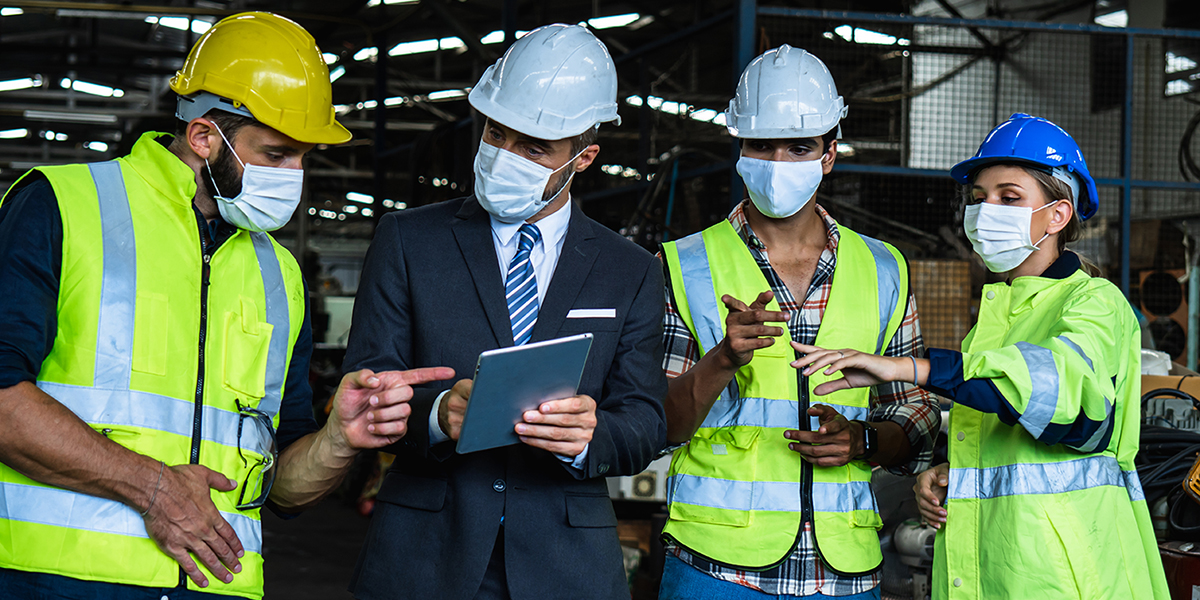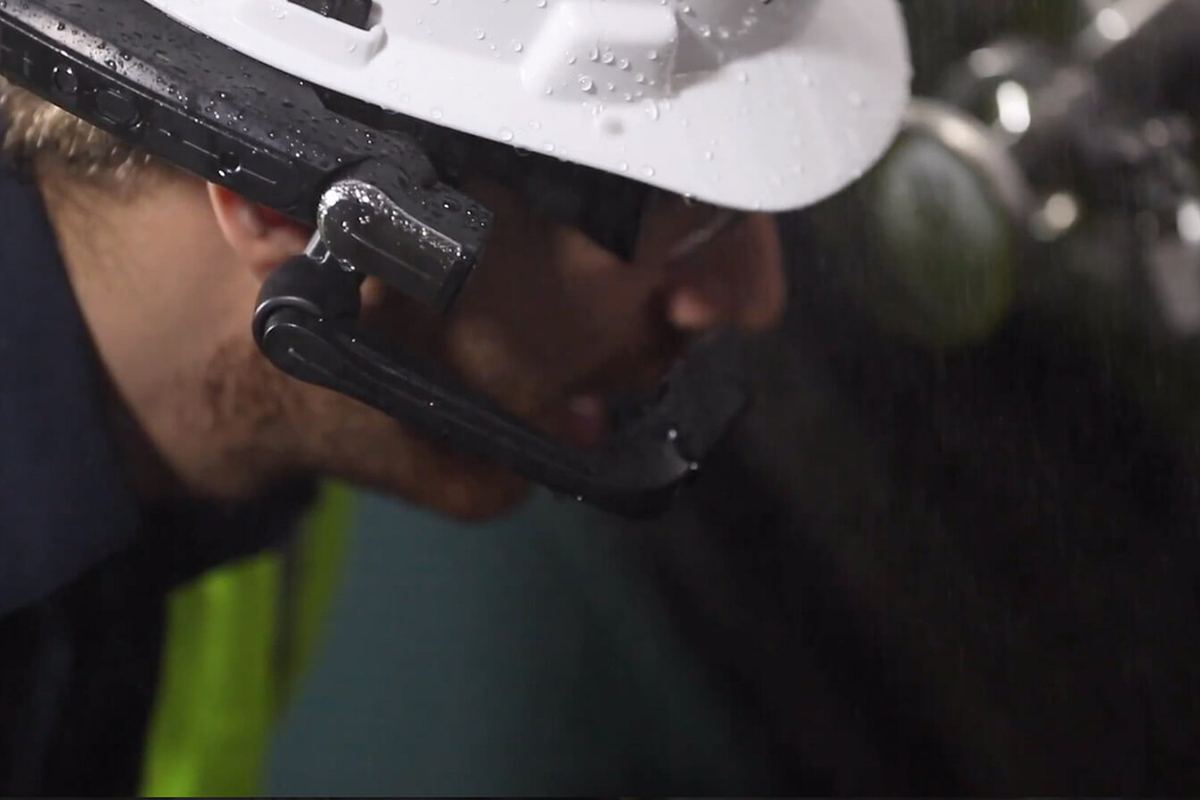
Efficiency of training and education measures - Status Quo
Companies often have to consider whether they want to carry out training and further education measures in a practical or cost-effective manner. However, this consideration always has an influence on the learning success of the employees to be qualified.
Internal Employee Training
Practical internal training must be conducted on site at the machine or plant. This allows the participants to experience the operations and processes directly. Some of the participants have to travel, travel and accommodation costs are incurred. Due to the travel time involved, the participants are absent from the company for longer than the training period. Usually, training can also only take place in smaller groups, since the space available for machines is limited. If the number of participants is too large, the steps carried out by the trainer cannot be reproduced by all participants.
To reduce costs, internal training courses are often offered online with presentations or videos. Since it is time-consuming to prepare the documentation, it may not always be adapted directly every time the system is changed and is therefore often not up to date. Thus they are often not practical. In addition, there is no opportunity for questions and discussions or exchange with the trainer or other participants. All this leads to the fact that the learning effect is therefore much less than when the participant is standing at the plant.
External Customer Training
Training for customers is always associated with a high travel expense. Either the customers come to the plant, for example to learn the processes even before the installation of their own system. Or a trainer travels to the customer to train new system operators or to refresh processes so that the customer is able to help himself in case of problems with the system. In both cases, costs and downtime are incurred by all parties.
Remote Training with Smart Glass
When using data glasses to conduct a training course via remote support, a perfect solution results from hands-on learning without travel costs and travel time. The number of participants can be increased almost indefinitely without additional costs or participants blocking each other's view. In addition, the units are interactive and thus significantly increase the learning effect.
Internal Remote Training
The participants are invited to the remote training via a link. It is conducted as an online session via video livestream. The trainer is located at the system.

He wears smart glasses, with which he allows each participant a direct view of the system and his work steps.
While the trainer performs the individual steps, for example, to maintain the drive of a plant, he can communicate with the participants in parallel. He can respond directly to questions, repeat or explain work steps in more detail in case of queries, and also follow discussions between the participants.
To clarify questions, the participants can make markings in the trainer's field of vision. This allows him to see exactly which component is unclear and can be discussed directly.
A live chat between the participants ensures an improved exchange. Questions can also be asked and experiences exchanged.
Remote Support for Customer Training
Customers and employees can also be trained using smart glass with remote maintenance software.
Two scenarios are possible here. Either the trainer with the smart glasses is located at the plant and trains individual steps and processes. Or the customer is standing at the plant with the smart glasses and the trainer can follow the customer's work from his desktop in his office. He can give instructions in a direct conversation and have any problems the customer may have with specific work steps shown to him and then advise him on the correct execution.
Here, the trainer can mark parts of the plant in the customer's field of vision in order to increase awareness of certain components.
Advantages of Remote Training with Smart Glass

This variant guarantees a practical and very clear training.
The training participants learn as if they were standing directly at the plant themselves. They have a clear view of all components and work steps.
For learning control, they can instruct the trainer to carry out certain activities.
In this way, everyone receives direct feedback, which increases the learning success and thus also the motivation.
Sustainability and Employee Communication
By eliminating the need for travel, the training courses become more sustainable. In addition, the loss of travel time increases the proportion of productive hours.
In globally active companies, the networking of employees is improved. If everyone in the team can take part in the same training, there is a better exchange of experiences already made with commissioning, installation or maintenance. Because remote training does not have to limit the number of participants who use the remote maintenance software. On the one hand, this means that the trainer does not have to repeat a training many times. On the other hand, it means that everyone can learn with and from each other.
Further Areas of Application for the Remote Maintenance Software
The software can also support employees in their daily work in other areas of their working life and help to ensure that work processes are carried out in the same way by every employee worldwide.
Working with Workflows
Individual work sections or step-by-step instructions of recurring processes can be played onto the data glasses.

These can be called up and processed by the employee when standing directly at the machine. In this way, a routine can be practiced that offers the employee security and prevents errors from creeping into complex work processes.
Checklists and protocols can also be stored, which can be called up with a mobile device to perform function checks or complete commissioning.
This means that the employee performing the work can always access the latest instructions and documents because they are centrally located on a platform that the Smart Glass accesses with an existing Internet connection.
Documentation and Analysis
Each completed work step can be recorded on video or image, so that the work is documented in a comprehensible way. The remote maintenance software can also use this documentation to analyze the individual steps. Labour-intensive and time-consuming steps can be identified in this way. By processing this analysis, processes can be optimized and entire work steps can be simplified.
Thus the right remote maintenance software is not only applicable for remote support. It also helps to streamline processes. The documentation makes it possible to compare the work processes of employees worldwide and each employee can directly participate in the process of optimization, which often also increases his or her own work safety.